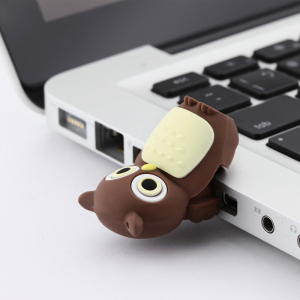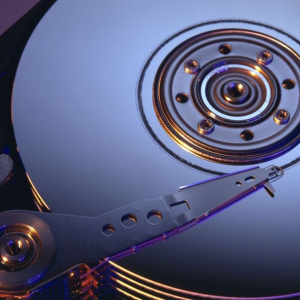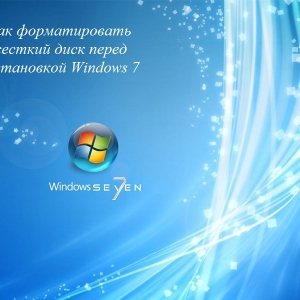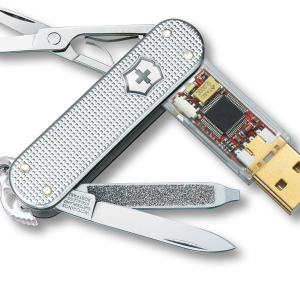The formatting procedure allows you to completely destroy all data on the media of information. This may be needed not only in order to get a free flash drive or hard disk, but for some other tasks - for example, creating a boot disk, diagnostic tools \\ recovery, placement of other programs (entertainment, repacks, etc.)
How to format the flash drive
Any flash drive, if it stays in a working condition, can be formatted. If this does not occur or errors appear during the process, the device is better to replace, dispose of or attributed to the repair service. For any serious work, a disk that is cleared without visible problems is preferred. There are different formatting methods that we will talk about below. The easiest and most familiar looks like this:
- we go to the "computer" through the "Start" or a shortcut on the desktop;
- select the device to format;
- we click on it right-click, in the menu looking for "format";
- click to the desired item, the formatting window appears, select the file system in it, the volume size, check whether we are going to handle and confirm the procedure with the "Start" button;
- we are waiting for the completion of the process, following which the message of successful completion should be elapsed;
- if something went wrong, the program will notify the user about it.

Flashhar formatting methods in NTFS
First, it is worth mentioning the fact that the USB flash drive is formatting in NFTS. Why exactly, and not in Fat and the like? The answer is simple - FAT32 format was designed for a long time and does not support media, the size of more than 4 GB. If your flash drive is more, you will need NTFS, if less - there will be almost no difference. But if you have to use the flash drive on the MAC devices, write something extremely problematic on it (because only read mode is supported). Alternatively, formatting can be made not by embedded Windows tools, but through special programs. The most popular of them at the moment is HP USB Disk Format Tool. Its interface is simple, understandable and does not require additional explanation. Another formatting method works through console commands. To do this, call the console itself via "Start" -\u003e CMD in the search, in the open window that opens, "CONVERT (ISP): / FS: NTFS / NOSECURITY / X" (without quotes) or "Format / FS: NTFS E: / Q. "

In some cases, formatting may not work. If the flash drive does not open and is not determined by the computer, but it is a pity to throw it, try to reanimate the device via low-level formatting programs. For each manufacturer, they have their own, search on official sites, ask a question in technical support or look into the appropriate databases, after learning VENDOR ID. If it happened that when formatting, the required data was deleted - do not despair, they can still be restored (but this is a topic for a separate article). The main thing is not to record anything to the media until you figure it out with the return of the necessary files.






























